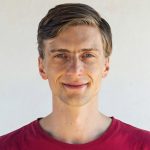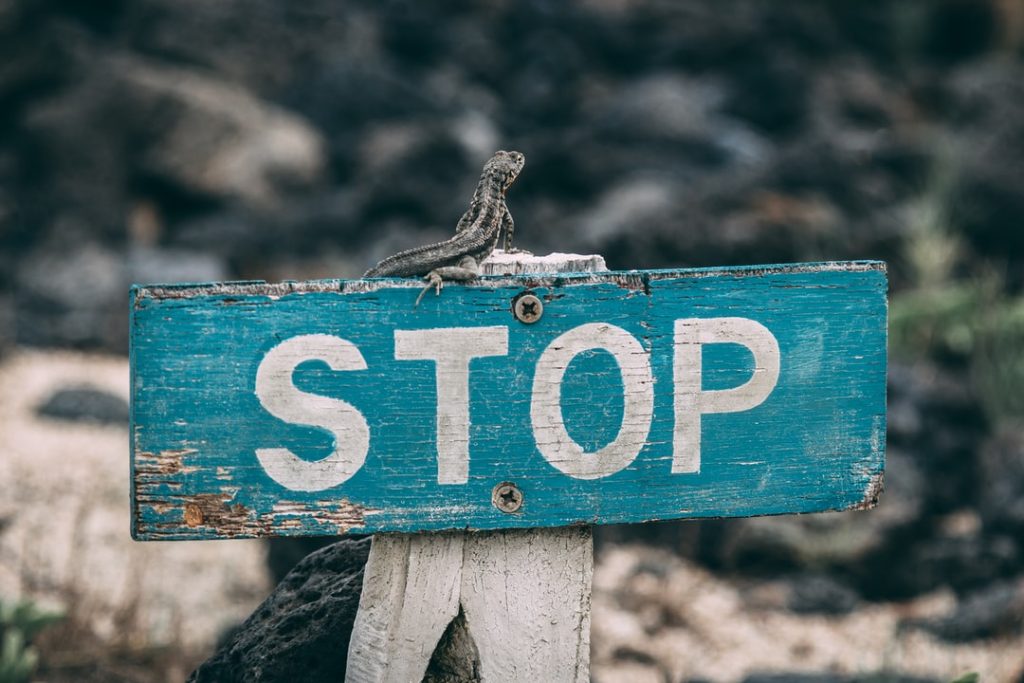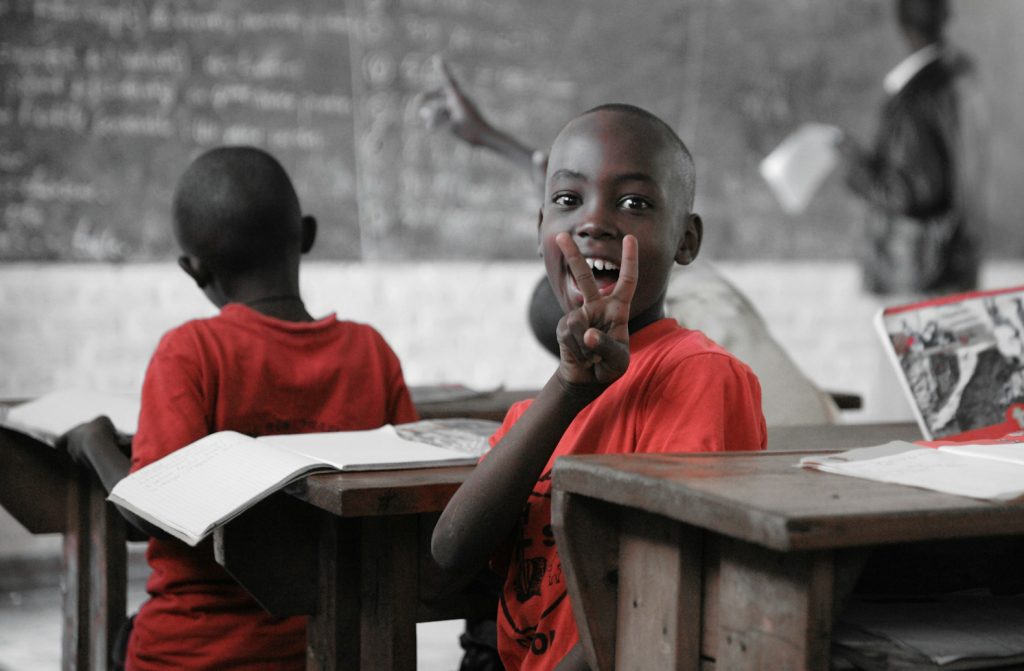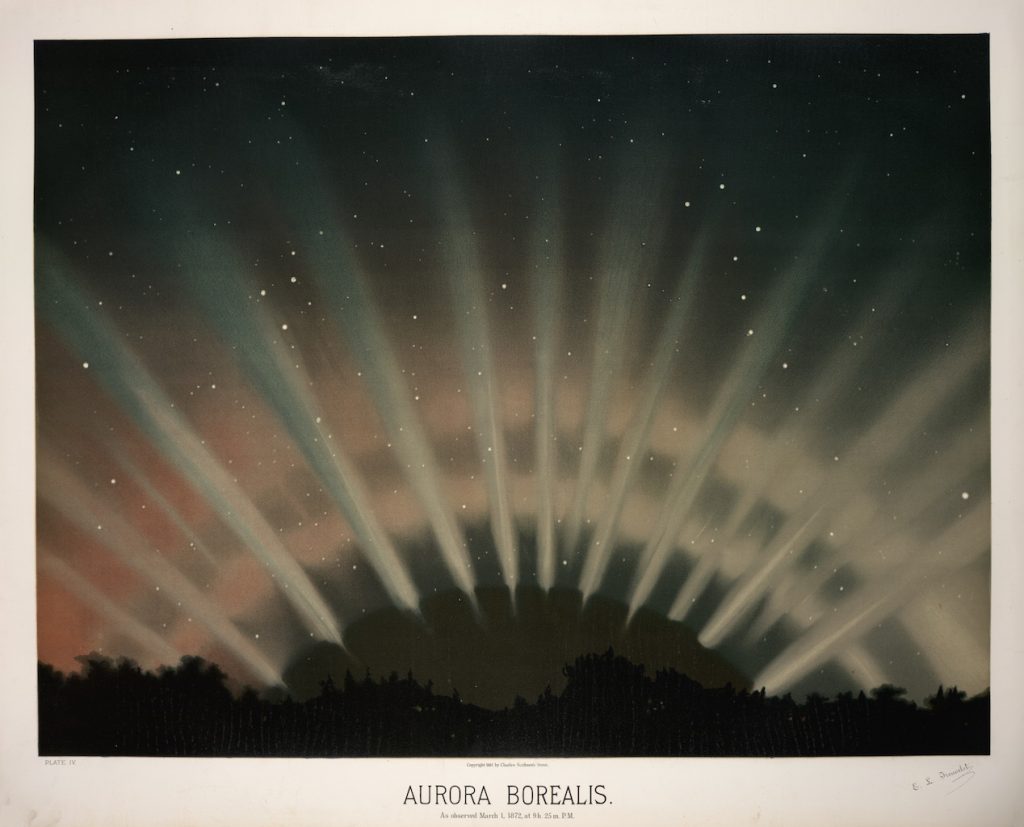To All My Relations
“I can lose my hands, and still live. I can lose my legs and still live. I can lose my eyes and still live. I can lose my hair, eyebrows, nose, arms, and many other things and still live. But if I lose the air I die. If I lose the sun I die. If I lose the earth I die. If I lose the water I die. If I lose the plants and animals I die. All of these things are more a part of me, more essential to my every breath, than is my so-called body. What is my real body?” — Jack D. Forbes, Columbus and Other Cannibals (1978)
Have you ever allowed yourself to be awestruck by the miracle of your existence? The deeper we meditate on what allows “us” to live, the more we enter a space encompassing all that is. We’re overcome by boundless gratitude for everything that we have taken for granted so far. The Lakota saying mitakuye oyasin may be plainly translated to English as “to all my relations,” but really speaks to the interdependence and interbeing of all that lives, and to the fact that the world is this inconceivable web of symbiotic relationships from which each originates and to which each contributes, in their particular way. When we experience this continuum of life, a profound transformation occurs. A deep memory awakens us and activates our will for life—for life itself is sacred.
People of many different ideological camps, nationalities, and cultures converged in one spirit at Standing Rock because at the center of this struggle lay not only a “no” to the crimes of the fossil fuel industry and colonialism, but a shared reverence for this sacredness of life itself. Standing Rock evoked the possibility of a more sacred activism in the consciousness of humanity. To support this emergence, we at the Tamera Peace Research & Education Center in Portugal, invited activists from around the world to gather with us in 2017 and 2018. We felt that what began with the uprising of indigenous water protectors against the Dakota Access Pipeline could—and must—turn into a planetary movement. Tamera has researched the foundations of a possible post-capitalist society for over 40 years and works on building models for ecosystem restoration, regenerative autonomy, and, above all, for freeing love from fear and reconnecting society with the “sacred matrix” of life.
In Tamera’s Defend the Sacred Alliance gatherings, leaders of indigenous communities, social movements, and systemic alternatives come together and build a planetary community of trust, shared ethics, prayer, vision, and action to serve global system change. Our past gatherings involved aerial art actions to stop offshore oil drilling in Portugal—a tactical action that proved successful.
The next gathering of the “Defend the Sacred Alliance” will take place in August 2019. We invite you to join our upcoming conference, which will take place from 16–19 August!
A core question we’ve been contemplating is: What is a more “sacred” activism, and how can it be a genuine response to the worldwide destruction? With infighting in many groups, as well as widespread burnout and overwhelm, many who still dare to confront the global situation feel the painful limits of what they themselves can do to counter our disastrous collective development. At a time when radical systemic change has never been more urgent, activism itself is in an existential crisis.
At a recent meeting with activists occupying the Hambach Forest—the last remaining patch of a 12,000-year-old forest in Germany that’s been gradually eaten up by coal mining—a young leader of the movement told us, “Some protests here and there are no longer enough. Now is the moment to build a counter-system that can seriously challenge the current system and ultimately, replace it.”
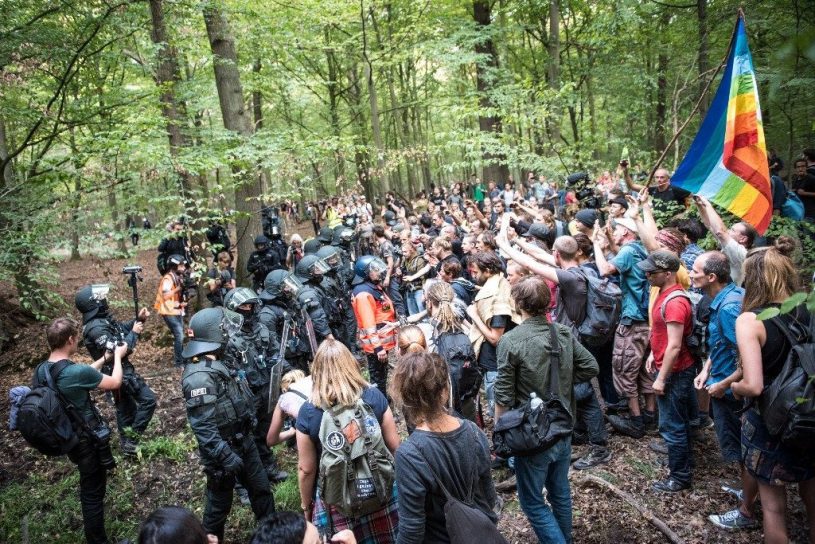
The following three Alliance learnings have been essential in this regard:
Restoring ecosystems: Water is life—the basis of all thriving existence on Earth. By centralizing water management and subduing nature under the dictates of power and profit, capitalism has created a state of artificial scarcity and unleashed ecological disaster worldwide. The climate crisis and mass species extinction result not only from industrial greenhouse gas emissions, but from a mindset of separation from life that justifies the reckless destruction of ecosystems, water cycles, and indigenous people for the sake of short-term profit. Yet, if we turn this thinking around, we see that by honoring the Earth and restoring her vital organs (i.e., ecosystems and water cycles), we can reinvigorate her self-healing powers, helping her rebalance the climate, store massive amounts of carbon in the ground, and provide all beings with sufficient water and food.
Change of thinking: How we respond to the world depends on our worldview, narratives, and beliefs. For the last 200 years, most political activism in the Western world has—consciously or subconsciously—adopted a worldview of powerlessness, in which our consciousness was seen as subjective and fundamentally separate from an “objective” material world devoid of consciousness—an intelligent machine at best and an exploitable resource at worst. Following this thinking, we can develop magnificent technologies, campaigns, and strategies for changing the world, but sooner or later, we’ll collapse under the crushing burden of a global crisis to which our confined personal selves can’t ever measure up. Yet, in the despair and grief plaguing many of us today, we sometimes also experience a kind of transcendence, the birth pains of a different way of being: remembering that we exist in the embrace of an interdependent, living, sentient world that is as conscious as we are. Whether mass movements continue to see the world as a machine to be fixed by regulating carbon inputs and outputs or whether they open to a holistic worldview that acknowledges the Earth as alive will be fundamental to our prospects of survival.
Healing collective trauma: We can only bring as much healing to the world as we have achieved within and among ourselves. In our 2017 manifesto, we write:
“Though it is difficult to see, there is an emerging and different vision for humanity. This vision foresees a world without violence as the next chapter of our collective evolution. It shows a future humanity inhabiting this planet as a network of interconnected, autonomous communities of trust. This vision is clear. Yet standing between us and its realization we see a veil of collective trauma woven from millennia of unimaginable cruelty. This trauma has written our unconscious, automatic programming and will perpetuate itself in continued violence and separation until it is consciously addressed and healed.”
As this trauma isn’t only personal, but collective, personal therapy alone won’t suffice to achieve healing. That is why we collaborate on restoring community—both local and planetary—as an essential organ of humanity in which trauma can heal. Trust is the power that heals our wounds.
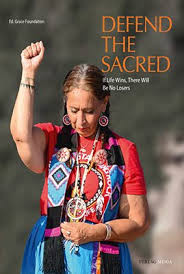
Our recent book Defend the Sacred: If Life Wins There Will Be No Losers (Grace Foundation, ed.) contains contributions from around 30 members of the Alliance on key areas of our collaboration, such as a “world beyond fossil fuels,” the “feminine revolution,” “new economics,” and the aforementioned fields. We invite you and activists from around the world to participate in our upcoming conference on resistance and regenerating the community of life (Tamera, Portugal, August 16–19, 2019), and join this work.


